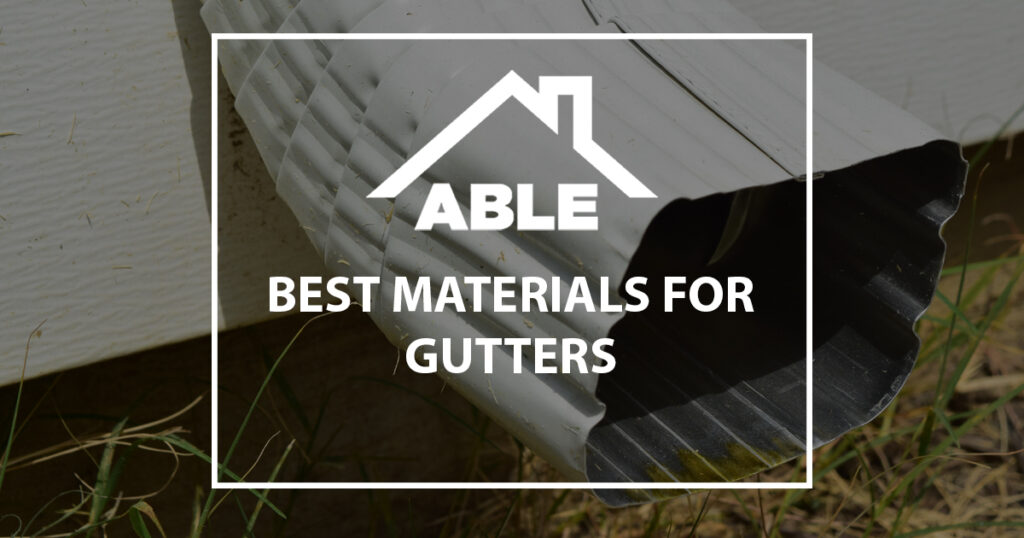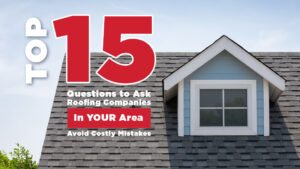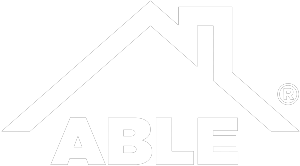Rain gutters are an important addition to your home. While hardly an exciting element of home design, they play an important part in maintaining your roof and protecting your property from the elements. Installing high-quality gutters can extend the lifespan of your roof, and prevent water damage.
Gutter Shapes
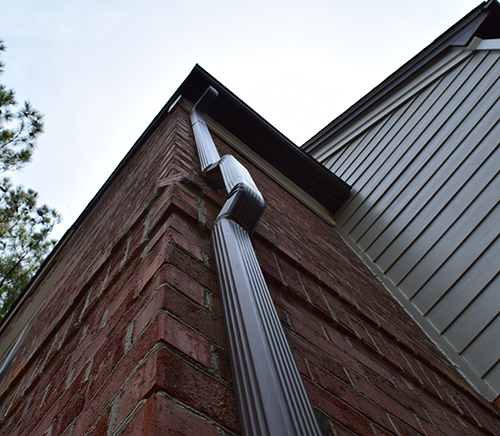 There are a couple different styles of gutters, each with their pros and cons. The two different types are K-style and half-round. K-style gutters are flat on their bottoms and back, with the front usually being a decorative style – sometimes imitating molding to blend in with your roof.
There are a couple different styles of gutters, each with their pros and cons. The two different types are K-style and half-round. K-style gutters are flat on their bottoms and back, with the front usually being a decorative style – sometimes imitating molding to blend in with your roof.
Half-rounds are cheaper, but are mostly found today in historical homes or renovating older buildings. They also have lower water capacity compared with K-style gutters.
Gutters must be mounted, and contractors favor different types of hangings depending on the home in question. Installation teams can use one of several methods and equipment, such as straps, brackets or hangers. It might even be possible that your team won’t have the necessary surface to hang gutters, and you may have to wait until you replace your roof.
Material Choices
Choosing the right material for your gutters is an important decision. Homeowners have several different options for their gutter choices, and each one has different advantages ranging from cost, durability, and appearance. Carefully consider your budget and what you want most out of your home’s gutters.
1. Vinyl
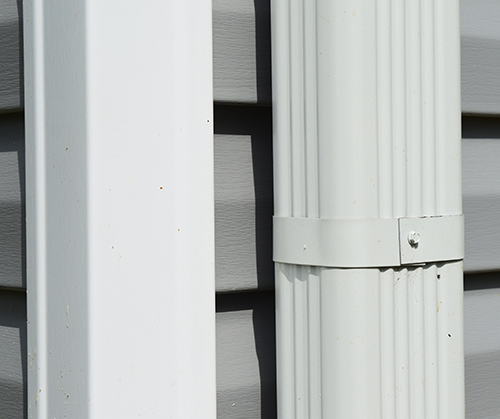 Vinyl gutters are incredibly cheap and easy to install. Because of this, they are quickly becoming one of the most popular materials among homeowners. The fact that they don’t rust is also a major advantage compared to certain types of metal gutters. Vinyl gutters, however, might overload quicker than other materials in wet or snowy climates.
Vinyl gutters are incredibly cheap and easy to install. Because of this, they are quickly becoming one of the most popular materials among homeowners. The fact that they don’t rust is also a major advantage compared to certain types of metal gutters. Vinyl gutters, however, might overload quicker than other materials in wet or snowy climates.
2. Copper
Copper is one of the most attractive options for gutters on the market. It is both aesthetically appealing and durable. While most people are familiar with the greenish color that copper develops, this is not rust. Oxidized copper still maintains strength over time. With all this in mind, aside from its higher price tag, copper is a valuable material for gutters and is widely considered the ideal material for gutters.
3. Wood
Wood gutters are similar to copper gutters; they are expensive, but also aesthetically pleasing. It is rare to install wood gutters anymore, except for renovations on older or historical homes. This is mostly because wood is an easily degradable substance, and is susceptible to water damage.
4. Stainless Steel
Stainless steel does not rust, which is a major advantage for gutters exposed to the elements. It is also one of the most durable choices for homeowners. Stainless steel stays strong for many years at very low risk. Like wood and copper, however, they are relatively expensive – but their practical advantages are clear.
5. Aluminum
Aluminum is 100% rust-proof. It is also the second-cheapest gutter material you can use, next to vinyl. With its greater capacity for water, its immunity to corrosion, and low price tag, aluminum gutters are a great practical choice for Ohio homes.



